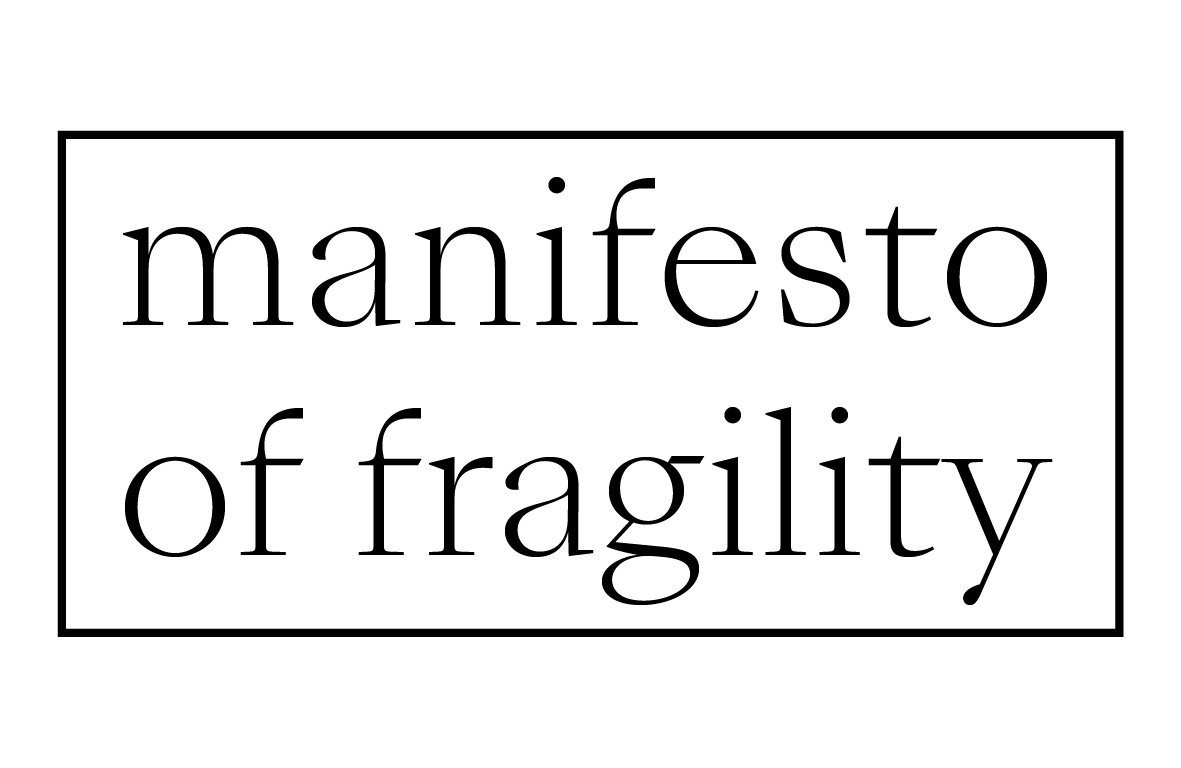CNSMD
Fragility as Resistance
When the theme of the 16th Lyon Biennale of Contemporary Art was announced, the thought sprang to my mind that of all artists, dancers would be the living embodiment of such a Manifesto of Fragility. With curators Sam Bardaouil and Till Felrath, we started a dialogue and three key elements emerged in relation to this reading: the fragility and resistance of bodies as they interact and shift within our natural and constructed environments and histories; the fragility of the creative process in and of itself, and the particular fragility of the young (artist) and dancer at this point of our collective future-history in the Anthropocene where physical contact and exertions are shied away from, denigrated or denied.
The dancers of Lyon’s Conservatoire national supérieur of music and danse (CNSMD Lyon) Jeune Ballet are final-year students between 19 and 21 years of age. They are at the heart of this project. Sam, Till and I were interested in the particular act of resistance that is dance, as embodied by these young dancers navigating a poetic and choreographic pathway through today’s complex realities. To my mind, the dancer, (and that is why I so love and respect dancers), is constantly operating at the edges of fragility and resistance. The willingness of dancers to put their (collective) bodies and technique to the choreographic wheel, and to the collective gaze is humbling and precious in this day and age. Dancers offer up the fragility and power of their physical, emotional and thinking presence to choreographers and to the public. There is no filter. Each and every dancers’ body offers its own inherent characteristics, materiality and fragility, which can be choreographed in different spatial, emotional and temporal relationships. The dancers’ movements, and by extension the dancers themselves become the very matter of the artistic work and process underway.
Institutions and events like ours, “Biennales” or “Conservatories” specializing in “high art”, need to work to shake off the reputation of being closed, mysterious place for the privileged few, disconnected from the world at large and the contemporary struggles of society. Through this, and many other projects, we aim to open up the fragile process of learning and danced art to other regards, to converse with the autodidact, to render the preciousness of learning through creation somehow more accessible to the collective, to prise open that closed studio door and allow an apercu of just what exactly takes place between a group of dancers and a choreographer when they rehearse, create, perform. The work of Eszter Salamon, whom I have invited to create a work for the Jeune Ballet 22/23 program, engages the dancers in embodied research questions relating to readings of (dance) history and the effacement of key female figures from that history, to gendered role-play, to notions of beauty, diversity and difference as drivers of healthy change and progress.
Process! How is the fragile creative relationship maintained and honed through process? At what point does the dancer, as living material and choreographic resource fully engage their own body in a work of art and allow socio-political and historical resonances that the work may bring up to transverse, wash over, ping off and conflict with their own performative bodies?
The public will, I believe, pick up on these points of tension. The empathy of the observer keens to movement, uttered sound, hinted body language. The sight of skin and muscle searing through the exhibition space echoes something incredibly primal, intimate and powerful in the viewer. The potency of seeing young talented dancers fully engaged in (artistic) struggle also raises questions about our own aging bodies and flagging commitment to societal, personal or utopic ideals. I hope we will sing with the resilience and fragility of these young bodies as we watch them in Eszter Salamon’s work. A danced resistance. The young and fragile stirrings of art.
Kylie Walters, Director of Choreographic Studies, CNSMD Lyon

